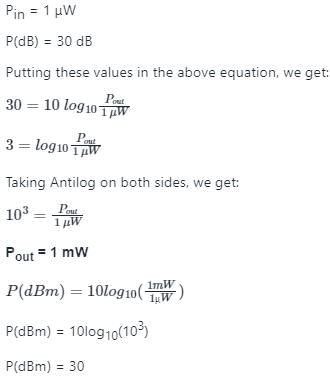Test: BJT in Amplifier Design - Electronics and Communication Engineering (ECE) MCQ
10 Questions MCQ Test Analog Circuits - Test: BJT in Amplifier Design
Linear amplifier with a gain of 30 dB is fed with 1.0 μW power. The output power of the amplifier
(Q.3- Q.5) For the amplifier circuit in Fig. 6.33(a) with Vcc = +10 V, Rc = 1 kΩ and the DC collector bias current equal to Ic
Q. Find the voltage gain.
The maximum possible positive output signal swing as determined by the need to keep the transistor in the active region.
The maximum possible negative output signal swing as determined by the need to keep the transistor in the active region.
The transistor in the circuit below is biased at a dc collector current of 0.5 mA. What is the voltage gain?
For a BJt Vt is 5 V, Rc = 1000 ohm and bias current Ic is 12 mA. The value of the voltage gain is __________
(Q.8–Q.10) (Q.3- Q.5) For the BJT amplifier circuit with Vcc = +10 V, Rc = 1 kΩ and the DC collector bias current equal to 5 mA,
Q. The value of the voltage gain is _______________
The maximum possible positive output signal swing as determined by the need to keep the transistor in the active region.
The maximum possible negative output signal swing as determined by the need to keep the transistor in the active region.
|
3 videos|34 docs|64 tests
|





















